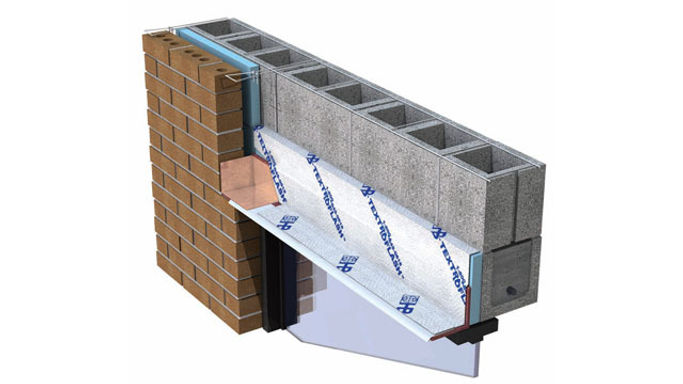
steel lintels
The purpose of a lintel is to support the structure above an opening. The most common steel angles are single angle lintels (cavity walls), and combination angles (solid walls). 8′ is a common maximum length for use of steel lintels before fire protection requirements will come into play. Lintel Steel is typically common A36 steel and may or may not be specified as galvanized depending on climate and exposure to the elements. 1/4″ is the most common minimum thickness used for lintel steel. Lintels can come in all sorts of custom sizes but the most common are 3-1/2″ (nominal brick width) X 3-1/2″. Just like any moisture entry location, lintels must be constructed as a part of a watershed assembly, often with flashing and weepholes.


If the masonry above is to be supported above by both itself and the steel lintel, the opening/lintel must be shored appropriately for 1-3 days or more depending on when the masonry reaches sufficient strength.


Single Angle Lintels, or loose angles, are commonly used in brick veneer or cavity wall construction when the lintel is laid in the wall, it spans the opening, and has to lateral support.



Combination Lintels: For solid masonry walls, single loose angles will often provide insufficient support so combinations of configuring different loose angles are used. Combination Lintels can be composed of Angle lintels, Beam and Plate Lintels, or a combination of both. Beam and Plate lintels are commonly used on openings wide than 8′.


